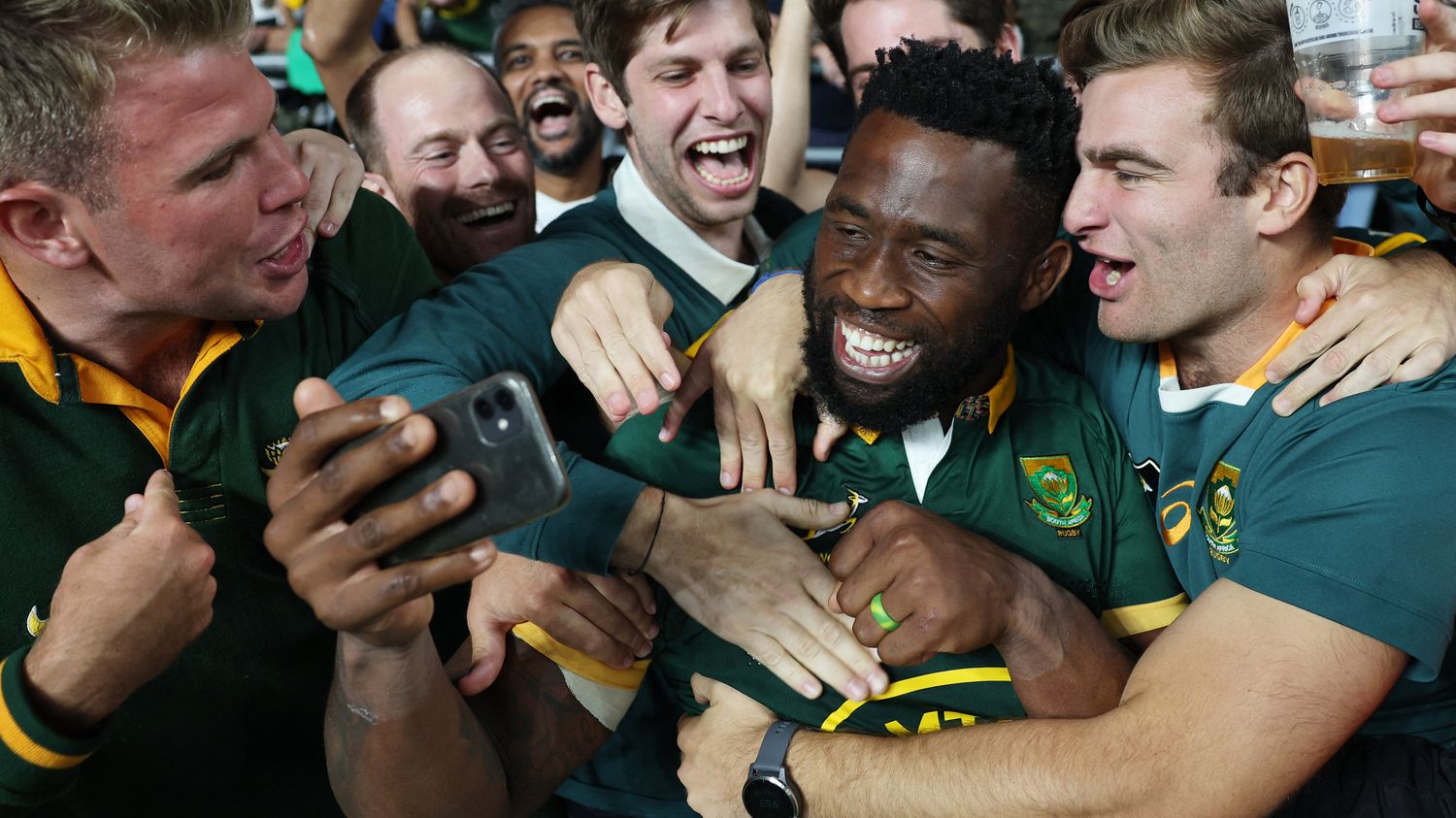Saturday September 23, South Africa faces Ireland. The South Africans, reigning world champions, are feared. Their journey is closely linked to the political history of their country.
Published
Reading time :
2 min

South African rugby has long embodied the white supremacy of apartheid, until June 24, 1995, the first of three world titles won by the Springboks, won by 14 white players and one black player, winger Chester Williams . A crucial and above all political victory, demanded at the time by Nelson Mandela to symbolize the end of racial segregation. A mission that South African rugby players carry proudly as much as they carry it like a burden.
The 1995 title changed nothing, apart from the symbol. It took the country almost twenty years to obtain a collective reflecting the face of a unified nation, breaking the systemic racism of South African society which made the rugby elite inaccessible to the black population of the townships. These poor neighborhoods where Siya Kolisi, black captain of the Springboks for five years, grew up before obtaining a scholarship to attend the prestigious Gray High School in Port Elizabeth. “Coming from a township, not having much, entering Gray is seeing your dream begin to come true. Because there are many there. They give you all the weapons to become the one you you want to become. So I started to think big”, confides Siya Kolisi.
The presence of black players becomes natural
In the 2000s, it is impossible to “think big” without studying in the best schools. They are the only place where rugby is played without imposing quotas, to shake up the racist mentality of the Afrikaners who keep control over the rugby institutions, a precious heritage from the colonial era.
Imposing quotas to achieve today’s parity between blacks and whites was undoubtedly necessary in an environment as conservative as that of rugby. But we had to go beyond, define other rules, build another system, the one that the former Biarritz pillar Eduard Coetzee describes in his thesis on methods of transformation in rugby. A system that he implemented at his club, the Durban Sharks. “If involvement is at the center of your organization (…) your satisfaction lasts much longer than a simple victory in a match. We go to the townships regularly but we go there together. Not just with white players. We go there with players who come from these townships. And if this model catalyzes theattention in your city, then you can make a lasting difference”, explains Eduard Coetzee. Sustainably to the point that the presence of black players in the South African team becomes natural. And that the presence on the ground of Kolisi, Arendse, Kolbe, Willemse becomes indisputable.
